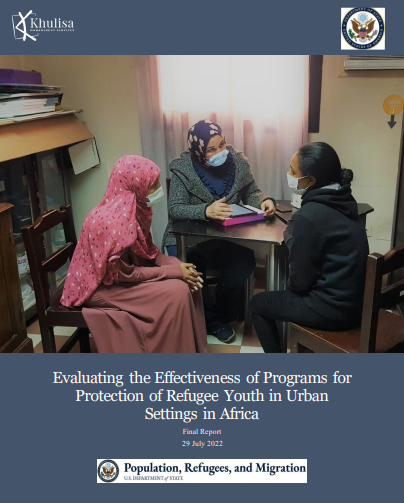In last week’s EvalTuesdayTip, we talked about inception reports and their usefulness in avoiding scope creep during evaluations. Today we will discuss another useful tool in heading off scope creep: the evaluability assessment.
In some instances, a client might request an evaluation for a program that is not actually ready to be evaluated. The client may want an impact evaluation, but the program has not progressed far enough for its impact to be measured or felt.
Perhaps the client has requested an evaluation simply to check a compliance box, without thinking through how the evaluation results will be used. Situations like these will inevitably lead to frustration, misunderstanding between client and evaluator, and (of course) scope creep.
Evaluability assessments are tools designed specifically to determine the evaluability of a program: Whether the program should be evaluated at all, and if so, what kind of evaluation to conduct. For more on evaluability assessments and when/how to use them, read our EvalTuesdayTip from May 2021.

The stages of an evaluability assessment. From Evaluability assessment: An application in a complex community improvement setting, by Richard Brunner, Peter Craig, and Nicholas Watson. (https://www.researchgate.net/publication/333566908_Evaluability_assessment_An_application_in_a_complex_community_improvement_setting)
Whether proposing an inception report, an evaluability assessment, or another potential strategy, the most important tool of all in avoiding scope creep is managing expectations. Evaluators must communicate with their clients – constantly and consistently – to avoid misunderstandings. We’ll talk more about communication and expectations, the simplest of all scope creep avoidance tools, in the next tip.


